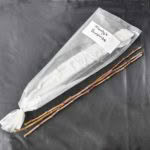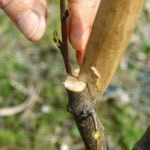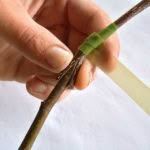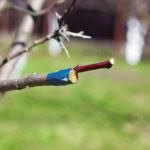A step-by-step guide to grafting fruit trees
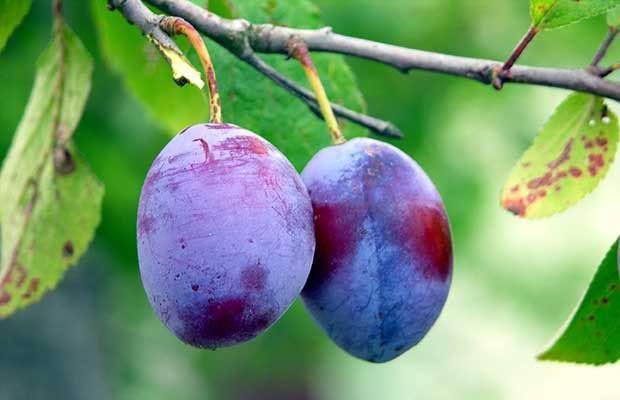
Master the art of grafting for unlimited new fruit trees.
Words: Sheryn Dean
Grafting is the most common way of propagating a fruit tree. A branch, which will replicate the fruit exactly, is taken from the mother tree and stored in a moist and cool place until spring. This is called the scion wood.
In spring, the scion is joined (grafted) to the roots of another plant, known as the rootstock.
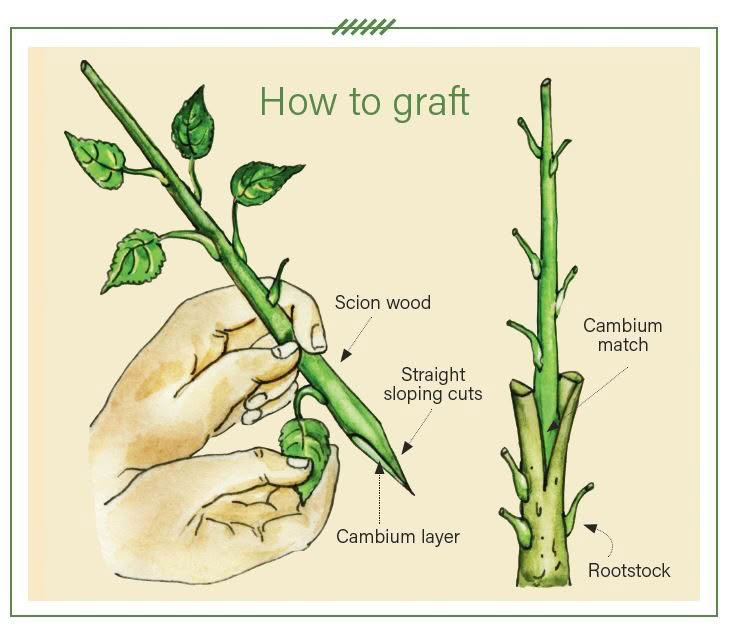
Both bring attributes to the tree. The rootstock determines the height, disease-resistance, branching angles and speed at which the new plant will bear fruit. The scion dictates the characteristics of the fruit.
Grafting is surprisingly simple, particularly with apple trees, and the time to harvest scion from your favourite apples is now, in the middle of winter.
1. Take cuttings of strong new growth, ideally about pencil thickness and length, wrap with a damp paper towel, seal well in a plastic bag, label and store in the fridge. This keeps the scion moist and in winter hibernation.
2. Organise your rootstock. This can be a seed you have grown, an existing plant or selected rootstock from a nursery whose attributes (size etc) will be known.
3. In early September, when the sap starts flowing through the rootstock, you cut and join the two so the cambium (the green layer just under the bark) is touching as much as possible. You then bind with tape or strips of clingwrap and let the join heal together.
- Scion wood gathered from a known variety (Monty’s Surprise apple) and put into storage for spring.
- Grafting onto an established tree. The peg holds the cut open so you can position the scion wood.
- Wrapping the graft in special tape to support it.
- You can graft another variety onto an established tree.
There are numerous different ways to do the cut but I find the simplest is the cleft join. Use a really sharp knife and don’t touch the cut edges. The goal is to line up as much of the cambium layer as possible but you usually can only get one side to match.
GRAFTS VS SEEDLINGS
Selected rootstock can bring resistance to various diseases into the tree.
But experience is proving that seedling trees can be more robust and resistant to fungal diseases like blight, brown rot and leaf curl.
It is also reported that seed-grown trees live longer. A grafted pear has a life expectancy around 40 years. Seedling pears have been reported to live over 300 years overseas. I have personally seen trees 100 years old in New Zealand and still going strong.
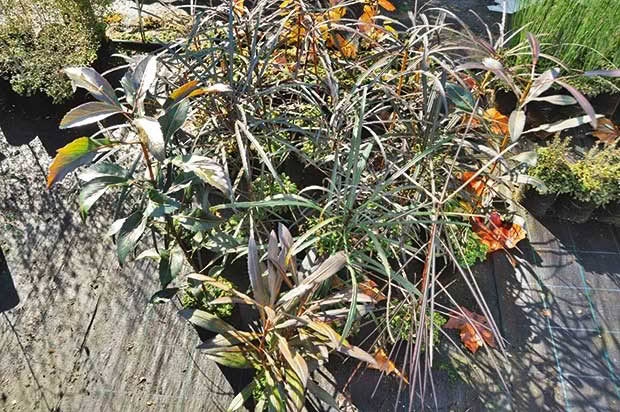
Seedlings can vary hugely. These lancewoods are all grown from seed obtained from the same plant yet note the difference in leaf shape, possibly due to hybridisation.
Seed-grown pears can get huge, making them great paddock trees but hard to harvest.
Most commercial fruit rootstocks are used for their dwarfing properties, making the final tree shorter or slower growing.
Most of the great varieties we have today are seedlings recognised as being superior, given a name, and propagated. Some great apples can be found on the side of the road and railway where cores have been thrown. Some bad ones have probably been chopped out.
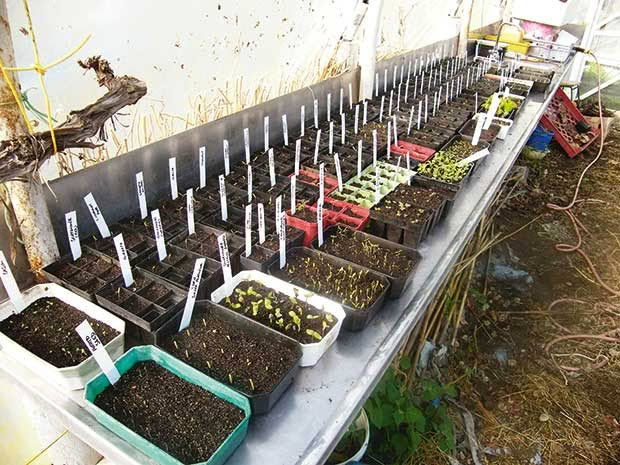
Ensure you label everything well.
If you have the space on your block, you can play and experiment. Fruit trees can be used as shelter belts, planted alongside streams, among natives or in firewood blocks. Excess fruit is enjoyed by birds, bees, sheep, cattle and pigs.
Trees that don’t make the grade make excellent smoking wood or firewood.
SHERYN’S TIP
Check your local events pages for grafting evenings. The NZ Tree Crops Association and other gardening groups often host grafting workshops in September.
Love this story? Subscribe now!
 This article first appeared in NZ Lifestyle Block Magazine.
This article first appeared in NZ Lifestyle Block Magazine.
